Basics of Small Business Balance Sheets
As a small business owner, you’re probably not an amateur at keeping track of what you earn, owe, and have in shareholders’ (owners’) equity. However, if you don’t document or organize these key pieces of financial data in a balance sheet, you may be setting yourself up for failure.
A recent U.S. Small Business Administration report found that only about half of all small businesses survive five years. If you want to avoid being a part of the nearly half that don’t make it, you may want to consider changing your methods. You can start by understanding, using, and documenting your assets on a small business balance sheet regularly.
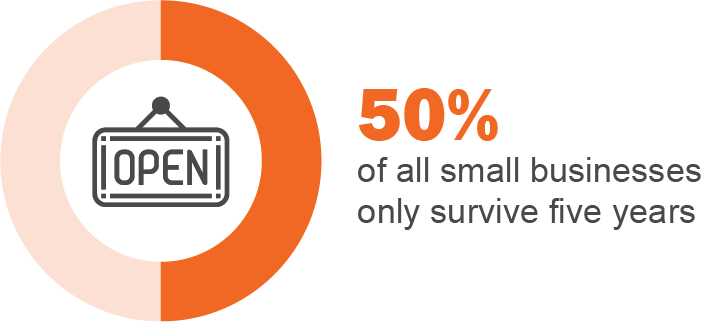
What Is a Balance Sheet?
Your balance sheet is a financial statement. It allows you to look at and balance your business’s assets, liabilities and shareholder equity. You put a lot of effort into financing your small business and making money at your small business, so why not put some effort into organizing your finances? Balance sheets allow you to lay out your assets, liabilities and shareholder equity in one document. This provides you with a snapshot of your small business’s finances at a given point in time.
You can update your balance sheet at any time throughout the year. However, most business owners prepare them at the end of a reporting period.
How to Read a Balance Sheet
Before you can successfully start preparing a balance sheet, you’ll need to know how to read one. Balance sheets include three sections: assets, liabilities, and shareholders’ equity.
Balance sheets start by listing your assets, followed by your liabilities. The last section will be your shareholders’ (owners’) equity. This outline follows the balance sheet formula: Assets = Liabilities + Shareholders’ Equity.
Are you still wondering how does a balance sheet balance? This equation can be broken down further by looking at each section in depth.
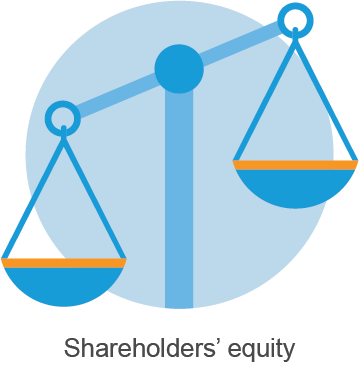
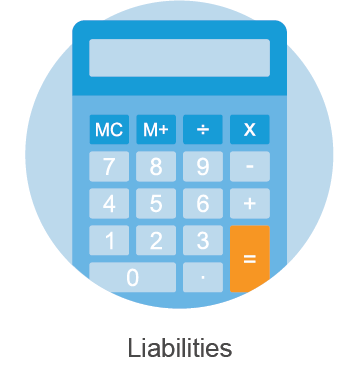
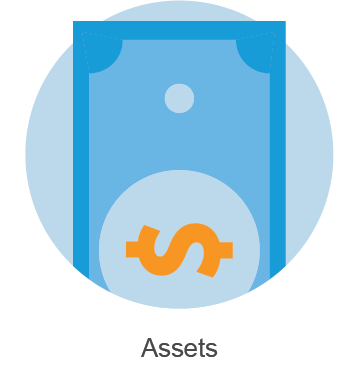
Balance Sheet Equation
Your balance sheet equation should always balance. Each side of the equation should be equal. The most common equation to use is Assets = Liabilities + Shareholder Equity.
However, you can also rearrange the equation to be:
- Shareholder Equity = Assets – Liability
- Liabilities = Assets – Shareholder Equity
Small Business Balance Sheet Assets
Your assets will be listed in categories on your balance sheet. Throughout your balance sheet, each asset will be listed based on how quickly it is expected to be turned into cash, sold, or consumed. Typically, you will show short-term assets and long-term assets separately.
Short-term Assets
Also known as current assets, these are assets that you expect to sell, or convert into cash, within one year. Short-term assets include:
- Cash
- Marketable securities—traded investments that can be easily converted to cash
- Trade accounts receivable
- Employee accounts receivable
- Prepaid insurance
- Inventory
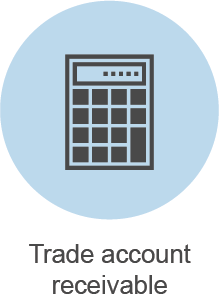
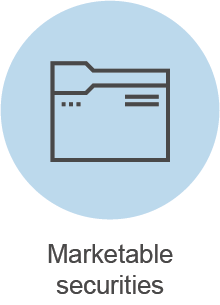
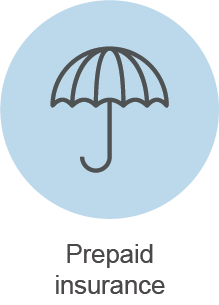
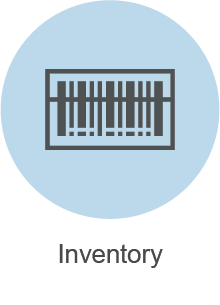
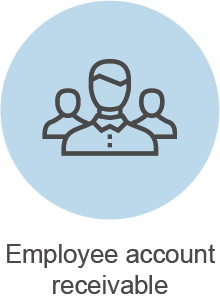
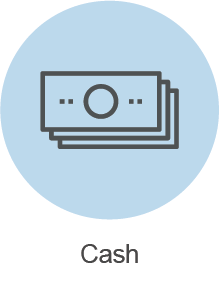
Long-term Assets
These are assets that will not get converted into cash within one fiscal year. Typically, these assets provide a long-term value to your small business. They include:
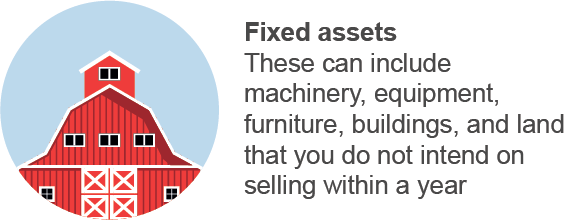
Fixed assets
These can include machinery, equipment, furniture, buildings, and land that you do not intend on selling within a year.
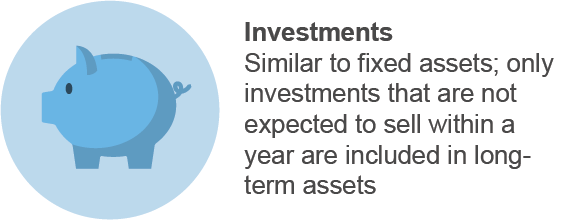
Investments
Similar to fixed assets; only investments that are not expected to sell within a year are included in long-term assets.
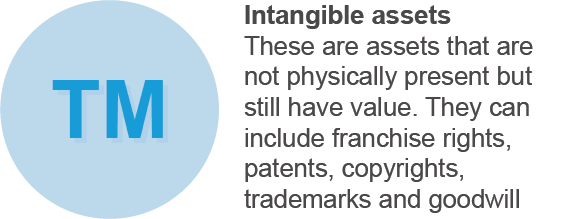
Intangible assets
These are assets that are not physically present but still have value. They can include franchise rights, patents, copyrights, trademarks, and goodwill.
Small Business Balance Sheet Liabilities
Your small business’s liabilities include the money that you owe to others. This could be in the form of loans, accounts payable, wages, taxes, or other debts. Typically, liabilities are categorized by their due date and whether they are considered short-term or long-term.
Short-term Liabilities
Also referred to as current liabilities, these are liabilities that you will pay for within one year. They include:
Trade accounts payable
These are the amounts you owe to your suppliers for products or services they’ve provided you.
Accrued expenses
These can include wages, interest, taxes, and other expenses that build up for your small business. They include expenses that your small business plans to pay at a future date. For example, your employees may earn income that you pay at a later date.
Taxes payable
These are taxes that are due to the government within one year.
Dividends payable
These are portions of your small business’s earnings that are payable to your shareholders, if you have shareholders.
Customer deposits
These involve money that your small business has received in advance of delivering goods or services to a customer. For example, a customer may use a deposit to hold certain goods before they can be delivered.
Short-term debt
This involves any debt due within one year.
Current portion of long-term debt
This section of your balance sheet records the portion of your long-term debt that must for paid within the current year of the balance sheet.
Other accounts payable
These involve money your small business owes to suppliers for goods needed.
Long-term liabilities
These liabilities do not need to be paid off within one year. They include:
Long-term loans
These loans are paid off in a time period that is longer than one year. One example of a long-term loan is a mortgage.
Capital leases
These leases allow you temporary use of an asset. When you acquire a capital lease for an asset, all the rights and ownership transfer to you. For example, say you own a construction company and you use capital leases to get the equipment you need. For each year you have the equipment, you will pay a certain amount of money to the lessor. You also will pay insurance, maintenance, taxes, and the other costs associated with the equipment.
Pension liabilities
These include what your small business owes for future pension payments to your retired employees. Your pension liability can be figured out by subtracting the total amount due to retirees from the money you plan on using to make the pension payments.
Post-retirement healthcare liabilities
These include health, welfare, and other benefits you owe to your retired employees. They can include medical and dental coverage, as well as life insurance.
Deferred compensation
This involves a portion of your employee’s income that you have set to pay at a later date than it was initially earned.
Deferred revenues
These involve payments received in advance of services that you have not yet delivered to customers.
Deferred income taxes
These involve taxes that have not yet been paid but are due. These are considered a liability for your small business.
Shareholders’ Equity
The final section of the balance sheet equation is your shareholders’ equity. To find your shareholders’ equity, you will need to know the difference between total assets and total liabilities. In other words, shareholders’ equity is what you own after you subtract what you owe from your assets.
The shareholders’ equity section of your balance sheet also will include:
The Par Value of Stock
If your business issues stock, this is the per share amount noted on your small business’s stock certificates. For common stock, the par value is typically very small for each share. These amounts can be as small as $0.01 or $0.001. Also, keep in mind that the par value amount is not linked to the market value of the stock.
Additional Paid-in Capital
This includes the amount of money paid by your stockholders for their shares of your small business’s stock.
Your Retained Earnings
This includes your small business’s net income from when you first started until the current date of your balance sheet. Your small business’s dividends are deducted from these earnings.
In addition to these categories, most balance sheets will compare your current balances with the balances from a prior period. This could be the reporting period before, or the year before, your current balance sheet. These comparisons allow you to see how your finances are changing over time.
Balance Sheet Example
You can learn more about balance sheets by reading through the consolidated balance sheet comparison PDF below. This balance sheet compares a small business’s assets, liabilities and equity from April 2021 and 2022.
How to Make a Balance Sheet
You can use Microsoft Office’s Excel layout for a quick, easy, and effective balance sheet. Most balance sheets have a row (or rows) for assets followed by row(s) for liabilities and row(s) for shareholders’ equity. Each row is totaled at the end.
Balance Sheet Template for Small Business
As you come up with your plan for a balance sheet, keep in mind that you don’t have to create the layout yourself. There are a variety of balance sheet templates and styles already created that you can choose from. For instance, you can check out templates from Microsoft. You can also get a free template from FreshBooks.
Classified Balance Sheet
Now that you understand the standard balance sheet, it’s time to explore the classified balance sheet. These balance sheets provide you with classifications, or groupings, that may not appear on a standard balance sheet. Each classification breaks down your assets and liabilities further with a more specific approach.
Classifications commonly included are:
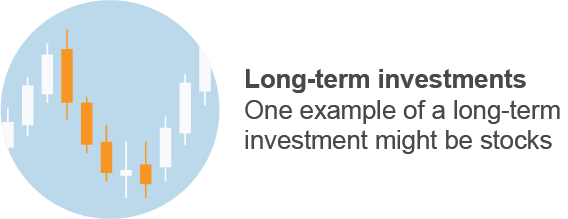
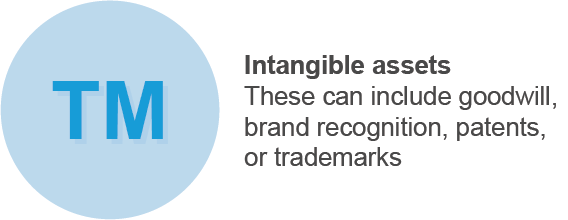
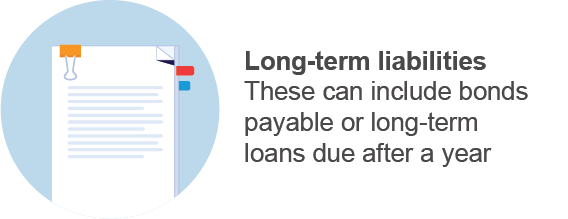
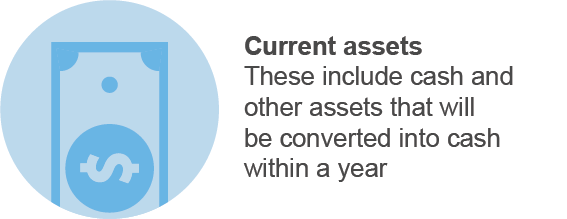
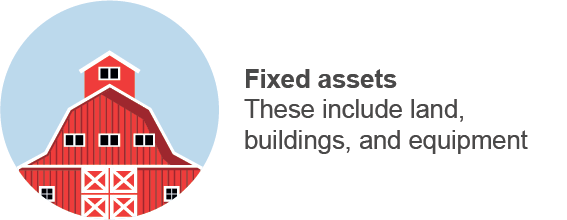
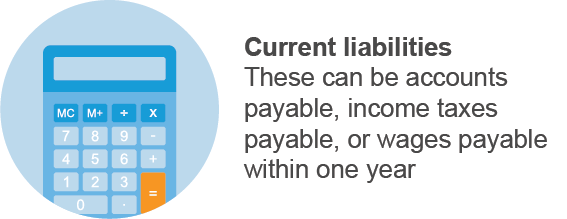
Current Assets
These include cash and other assets that will be converted into cash within a year.
Long-term Investments
One example of a long-term investment might be stocks.
Fixed Assets
These include land, buildings, and equipment.
Intangible Assets
These can include goodwill, brand recognition, patents, or trademarks.
Current Liabilities
These can be accounts payable, income taxes payable, or wages payable within one year.
Long-term Liabilities
These can include bonds payable or long-term loans due after a year.
Shareholders’ Equity
This is calculated by subtracting your liabilities from total assets.
To set up a classified balance sheet, you will want to follow these steps:
- Look at your current balance sheet.
- Organize your assets, liabilities, and shareholders’ equity into the classifications or subcategories.
- Check your numbers. The sum of your assets should equal your total liabilities added to shareholders’ equity.
Your classified balance sheet can be easily laid out in Excel, like your standard balance sheet.
Balance Sheet vs. Income Statement
Adding other financial statements to your small business “to-do” list may seem daunting. However, your financial documents can have important interactions and even feed off each other. For instance, your income statement will be linked with your balance sheet, despite providing different financial views of your small business.
An income statement follows the equation: Revenue – Expenses = Net Income (loss).
So, what is the difference between reporting from the balance sheet vs. income statement? While your balance sheet reports your small business’s overall financial health by providing a snapshot of your financial position at a certain point in time, your income statement will report your overall financial performance across a period of time. The two documents work hand in hand to communicate key financial information to your shareholders, investors, and customers, as well as to you, the small business owner.
Personal Balance Sheet/Net Worth Statement
Once you’ve created your small business’s balance sheet, you shouldn’t stop there. It’s also a good idea to create your own personal balance sheet.
Your personal balance sheet will outline your assets, liabilities, and net worth. Net worth is the value of assets you have after subtracting your liabilities. This can be expressed in the equation: Total Assets – Total Liabilities = Net Worth.
You can use your personal balance sheet to get a good view of your overall wealth at a point in time. This can then help you assess your personal financial goals and determine how much to save and spend in the future.
Pro Forma Balance Sheet
Every small business owner hopes for future success. One way to make predictions for your small business’s financial health is by creating a pro forma balance sheet.
This sheet helps you project future amounts of money for your small business. It will outline upcoming financial successes and potential failures. Either way, having an idea of what lies ahead financially can allow you to make adjustments in how you manage your assets today.
Similar to a balance sheet, your pro forma balance sheet lists your assets, liabilities, and shareholders’ equity. However, pro forma balance sheets often predict the “snapshot” of your small business’s finances at a certain date in the future. For example, pro forma balance sheets can provide snapshots across a five-year period, compared to only the single year’s snapshot that’s provided on a balance sheet. This allows you to look for financial trends over those five years and make key assumptions. This will be especially relevant for forecasting and budgeting for your small business.
To create a pro forma balance sheet, you will want to follow these steps:
- Look at your current balance sheet.
- Perform a balance sheet analysis. Study the assets shown on your current balance sheet. You will want to make adjustments for accounts that you know will be changing in the future. For example, say you are planning to purchase a new piece of equipment. You can make that adjustment on the pro forma balance sheet.
- Study the liabilities on your current balance sheet and make adjustments. For example, say you know you will pay off a specific debt. You can subtract that from your current balance sheet’s number.
- Calculate your shareholders’ equity amount. For a pro forma balance sheet, as with a regular balance sheet, you calculate the equity by subtracting your liabilities from your assets.
- Check your numbers. After making adjustments, you will need to make sure that your assets equal your liabilities added to your equity.
Pro forma balance sheets can be useful in a variety of ways, including:
- Determining if you have a high debt-to-equity ratio. Bankers use financial ratios to determine if a business is creditworthy.
- Showcasing the overall financial soundness of your small business. You’ll be able to see how your business responds to changes over time.
- Communicating your future financial health in your business plan. You can also use it to communicate to current and future investors.
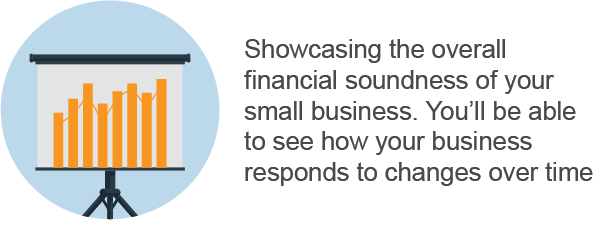
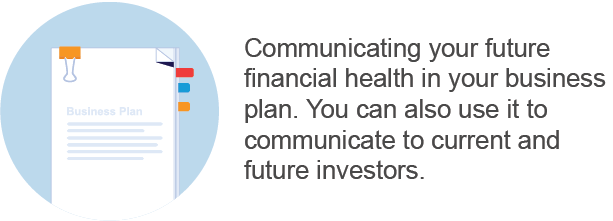
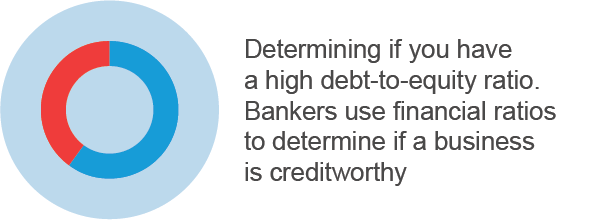
No matter what type of small business you run, you’re going to want to get comfortable with creating a balance sheet. Both current and future investors can get an informed look at your assets, liabilities, and shareholders’ equity with each balance sheet you produce. This will help them decide if they want to get involved financially.
For you, the small business owner, your balance sheet can show you the scope, organization, and direction of your small business’s financial health. The more time, energy, and thought you put into creating your balance sheet, the more actionable information you’ll be able to glean from it—all of which can help ensure that your small business will grow in the future.
Next Steps: Are you looking to keep up with the latest research and trends? We’ve got you covered with the weekly Small Biz Ahead Newsletter. Sign up today and start receiving this weekly email chock full of the latest tools and resources to help you run a successful business.






I had in my head that this information would be too much to retain but this has actually helped me with this thought process. I am surely one step at a time retaining what I am reading and better yet understanding it. This is helped me a lot, thanks.
You’re welcome, Frances! Thanks for reading SBA!
This has helped me understand a lot of the terms that were used. it was explained welll and it was all helpful information.
That’s great feedback, Mindy. Thank you!
Excellent, well explained terms! A big thank you!
You’re welcome, Kris. We’re glad you enjoyed the article!
As I look at the balance sheet of our company, I see the Distributions (dividends) figure at about 2X the retained earning figure. Could that be legitimate?
Sure. It just means that the cash distributed is in excess of the equity of the company. Maybe the cash came from a loan or an upfront sale that hasn’t been yet recognized as income.
Great read and perfect starting point for small businesses like mine. Thanks
This is really well done. Understanding financial statements is one of the big reasons I decided to go back to school and get my MBA in my mid-50’s. I cannot overstate the value I have found in my current studies relative to being a small business owner, and I would encourage anyone considering it to go. The statement of cash flows is an under appreciated/utilized financial statement as well.
Thanks for the comment Doug!
Good information for beginners like me. Thank you.
Thank you for the comment!
Hi Candace – people will say you should do this monthly but I don’t think that’s realistic, particularly for a small business. I recommend to my clients that we do this quarterly. Hope that helps.
Candace T Feltz | July 24, 2019 at 1:20 pm
Is the spreadsheet to be completed monthly or annually?
Is the spreadsheet to be completed monthly or annually?
Good strong information.
Thank you!
Great article. Just got taken to school